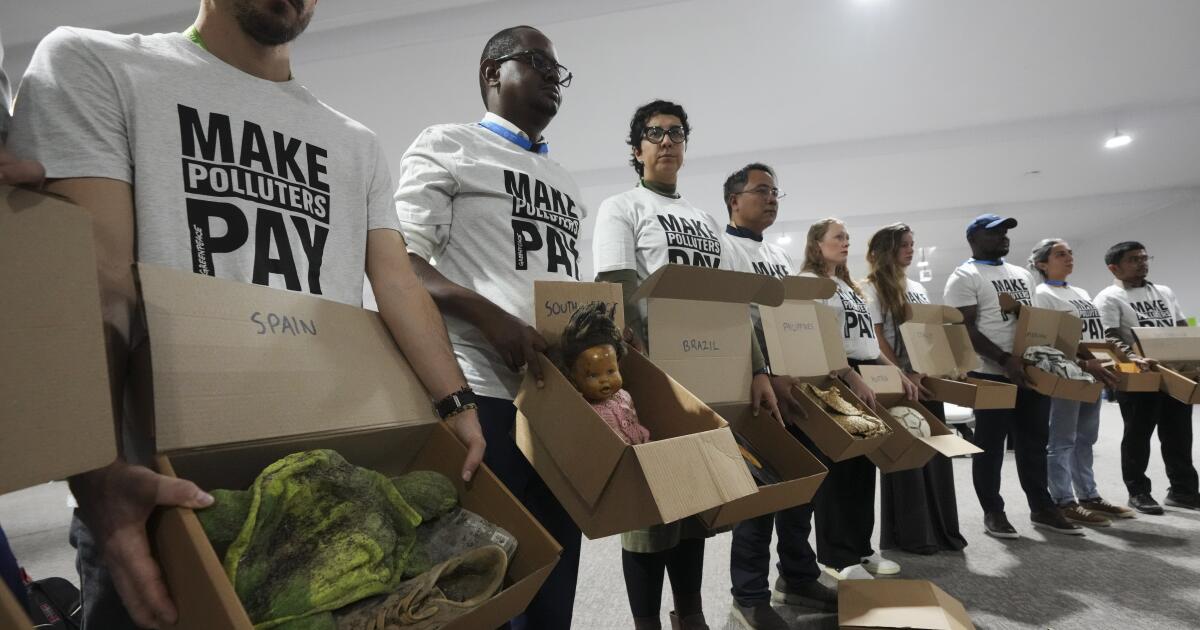When I was a kid, we were solidly middle-class. Dad worked as an assistant principal, while Mom stayed home until I was nearly out of the house. We had most of what we needed and even some extras. It was a great way to grow up. It taught me the value of hard work and how to appreciate every dollar, lessons I carry with me even now.
This upbringing made me super careful with money. In my early 20s, fresh out of college and living in NYC, I was working an entry-level job, which meant watching every penny. A girl I was dating back then left because she liked going to fancy places and expected me to foot the bill. When I didn’t, she moved on. I was bummed because I liked her, but running up credit card debt for a six-week relationship wasn’t happening.
Dodged a bullet there. The next year, my wife and I got together. Her background? Pretty much like mine. She’s got a strong work ethic and isn’t into splurging. We’re usually on the same page when it comes to money decisions.
Fast forward a bit, now I’m more settled, and spending isn’t as much of a struggle. But, when it comes to investing or trading, I’m super protective of my cash. Every investment carries a risk, and I’m always clear on what that risk is, how much I should get paid for taking it, and how much I’m ready to lose if it all goes south.
Oddly enough, thinking about everything that could go wrong is how I approach investing these days. When I was young, it was all about how much money I could make. Now, sure, I expect to profit, but keeping my capital safe matters a whole lot.
Whether I’m buying something stable like a bond or trading a stock just for a few hours, I know my loss limit before hitting “buy.” Worst-case scenario planning is always key for me. I think about things like… what if the market tanks and doesn’t bounce back for years? What if a stock plummets 90% on sudden news? What if an option turns worthless?
To sidestep disasters, here are some steps. First off, position size is crucial. If I’m playing with an option or penny stock, I act like it’ll go to zero. If I’m okay losing $2,000, that’s all I’ll put into the trade. For safer stuff like a dividend stock, I might go with a 25% trailing stop. So, willing to lose $2,000 means investing $8,000, and if it drops 25%, I’m out with a $2,000 hit.
Trailing stops are great for limiting losses. Not flawless—stocks can gap lower—but they’re handy. For those unsure about trailing stops, they let you risk a set amount. If a stock hits that price, you sell at the next available price. You can adjust stops to lock in profits or cut risk, like starting with a 25% stop then tightening it to 10% as gains grow.
Always remember why you bought that stock. There’s a saying: “Don’t let a trade become an investment.” Bought a stock expecting it to rise soon? If it doesn’t, sell it off. Hope isn’t a strategy—it doesn’t usually work. Conversely, if you bought a stock to hold long-term for its fundamentals and it spikes up, it doesn’t mean you should just grab those profits and run. A good company can still go way up long-term.
Using a trailing stop helps, but don’t offload a long-term hold just because of a quick gain. The best tip for better investing? Don’t lose money. Take steps to minimize damage when a stock doesn’t perform as expected.

















